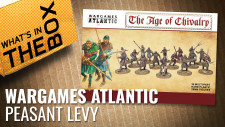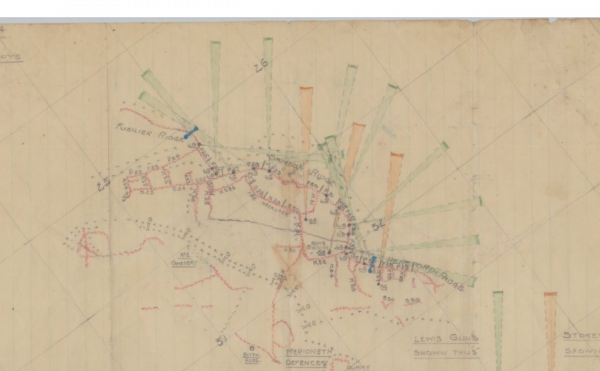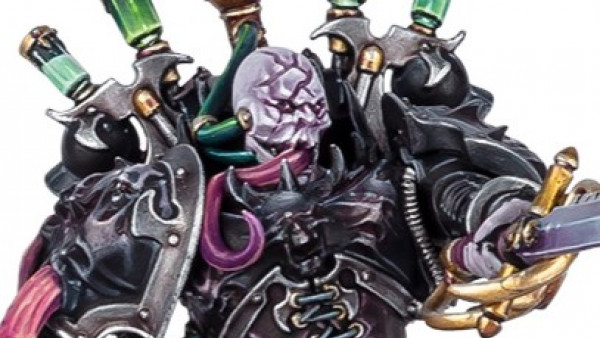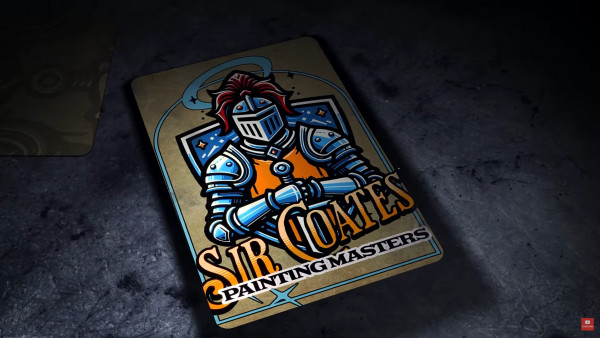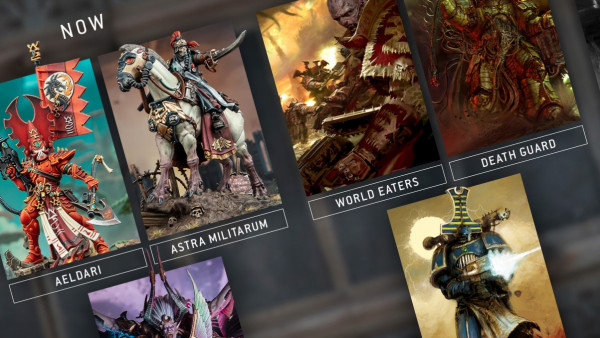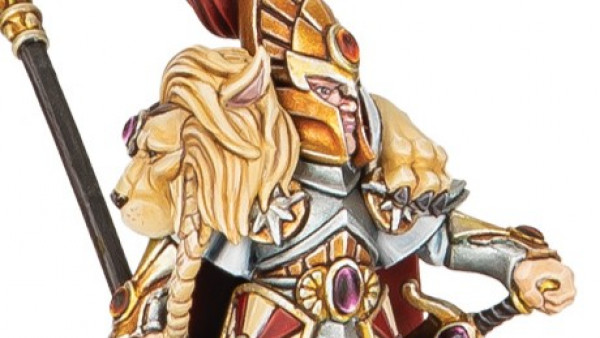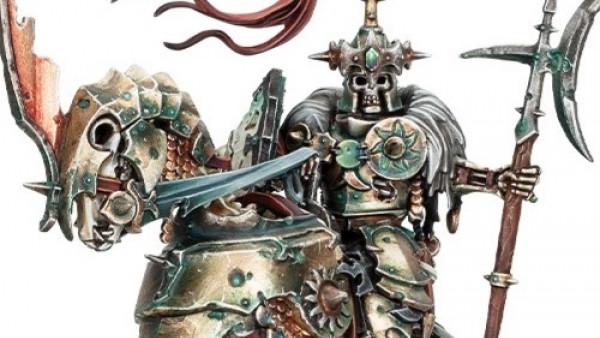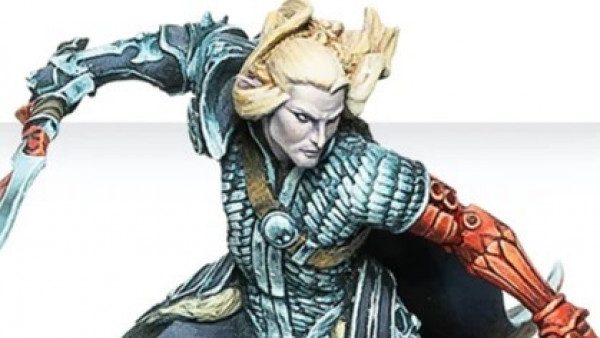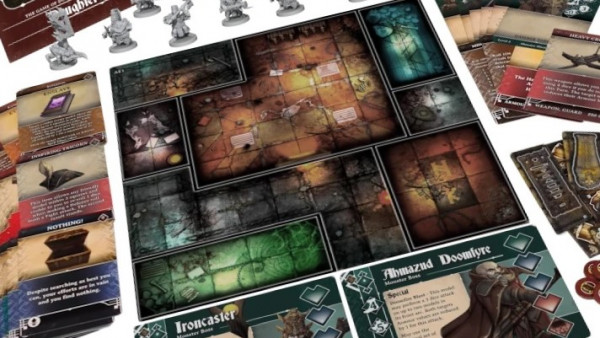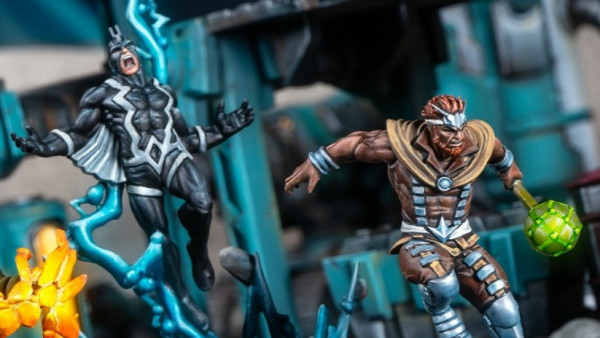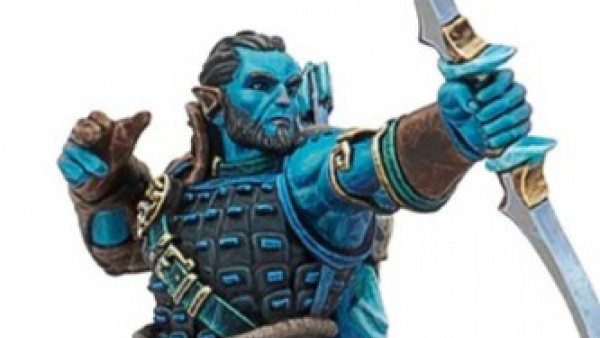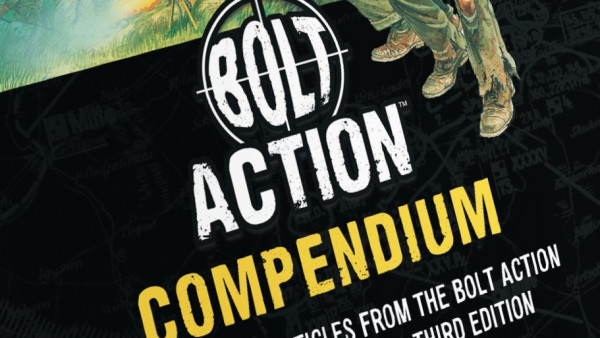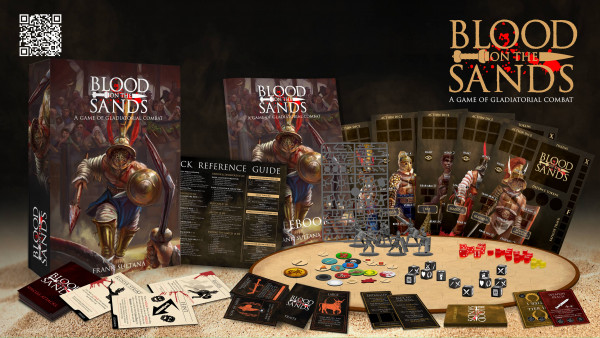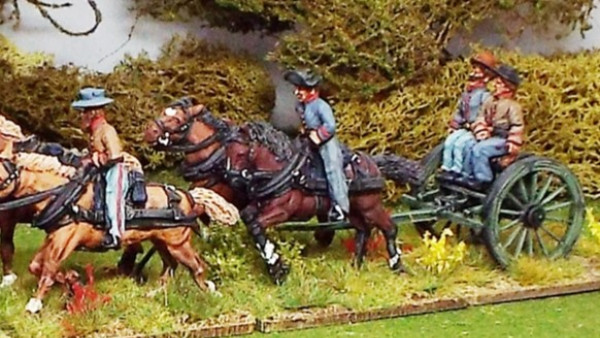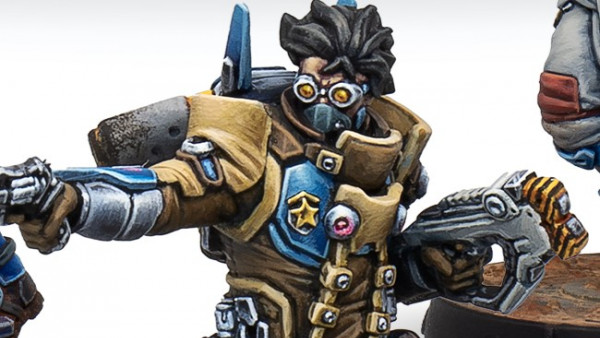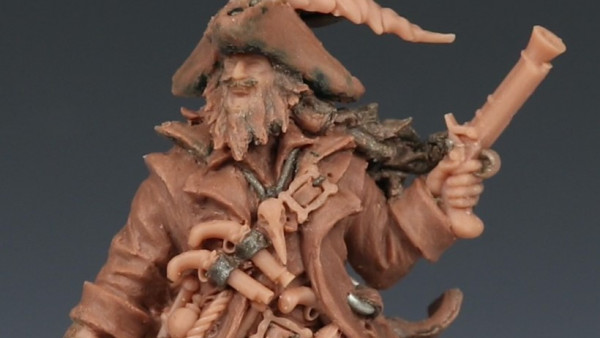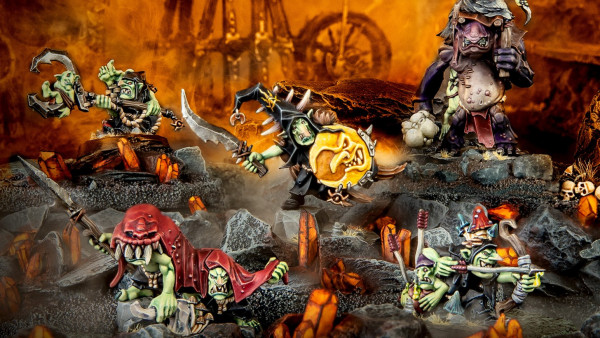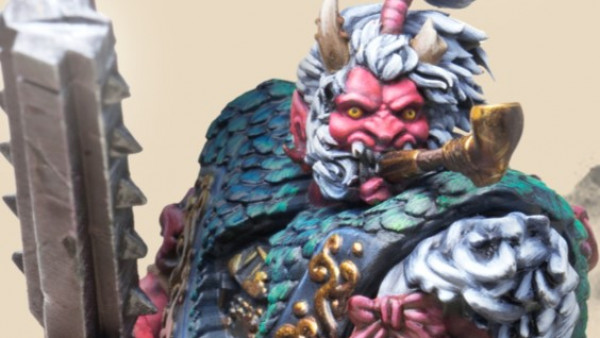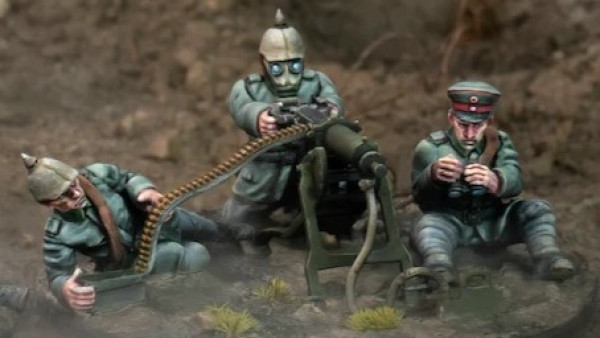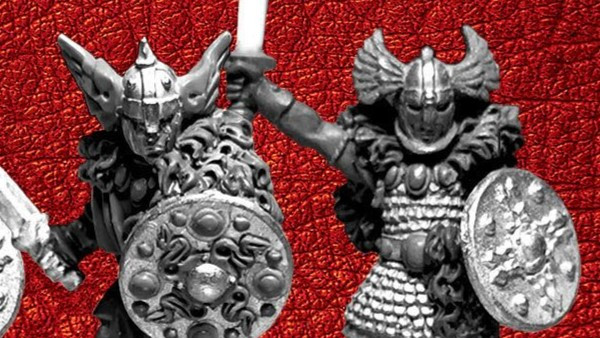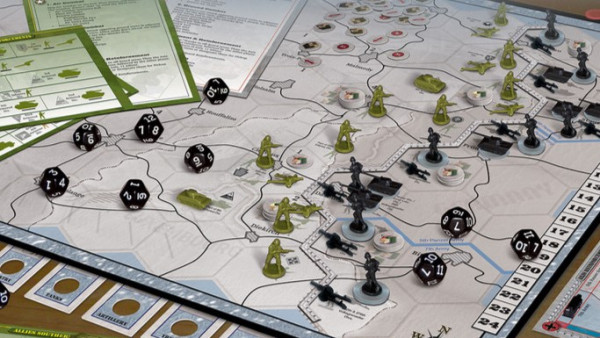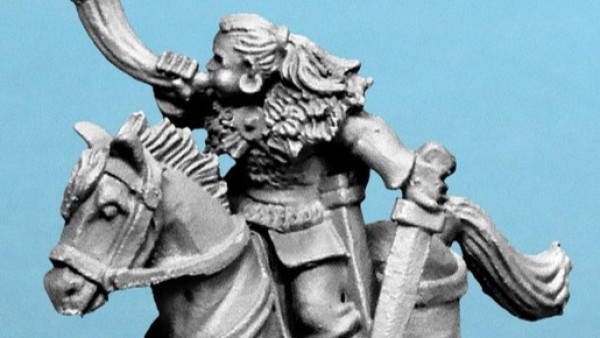Home › Forums › Historical Tabletop Game Discussions › Centennial Gaming in the Great War – Returns!
Tagged: Oriskany
This topic contains 58 replies, has 11 voices, and was last updated by ![]() oriskany 6 years, 6 months ago.
oriskany 6 years, 6 months ago.
-
AuthorPosts
-
May 31, 2018 at 4:10 am #1194727

Good morning, all ~
Well, the original Great War thread remains in “BoW 1.0 limbo,” but no worries, I can start a new one here just to wrap up the last materials that couldn’t be included in the recently-concluded article series with @neves1789.
Also, people were asking me to get his thread going again, I have a feeling people have more materials they’d also like to share in the continuing “centennial discussion” of the Great War and wargaming in the final months of World War I.
Some of @neves1789‘s last photos from the series (includes @erik101‘s minis)
There’s just a “horrible glory” quality to the German A7V tank …
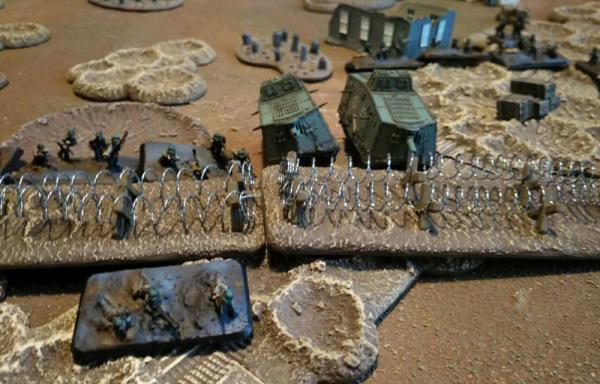
British Mark IV “beute” (captured) tanks pressed into German service:
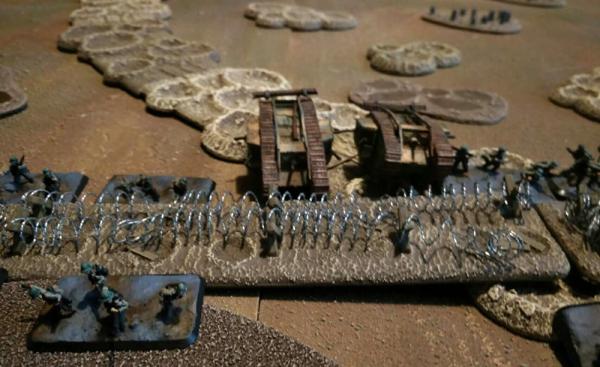
French artillery positions ready to repel a German attack somewhere near Reims during the “Peace Offensive.” Note the angled geometry of the trench system, and the barbed wire out in front. This is designed not to stop enemy infantry (infantry is never stopped by barbed wire) but it is enough to hold them up and slow them down for defending machine gun fire.
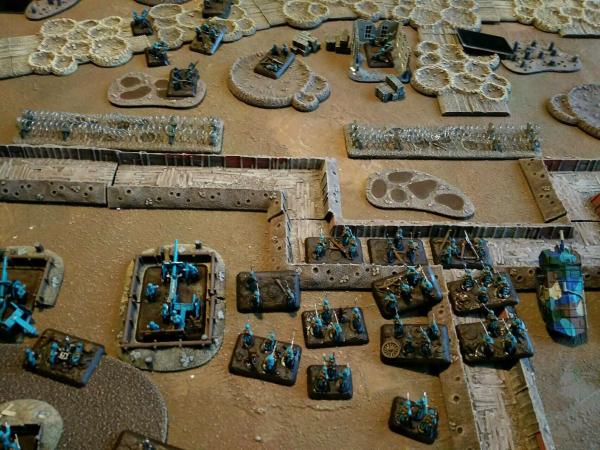
French tanks along the bottom of the image are prepared to counterattack once the German assault on the trench is broken up.
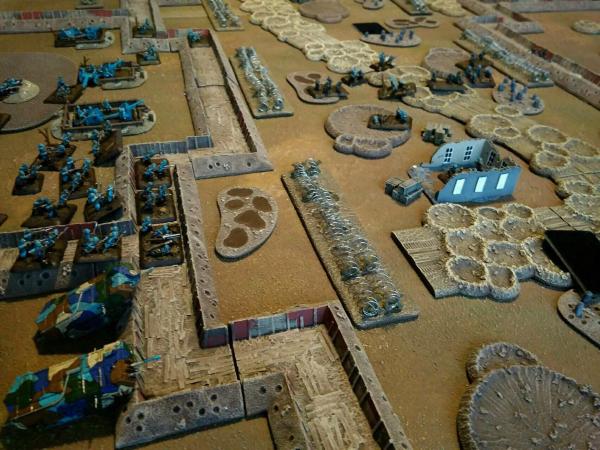
Note all the great terrain, trenches and craters and even shorn trees – I think this all came from Battlefront’s “Battlefield in a Box” set.
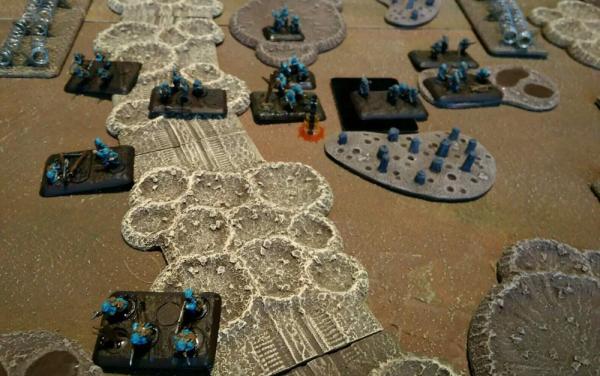
Update Test By Warren
May 31, 2018 at 10:33 am #1194970Another contemporary piece that came up on Google feed, casualties of the spring offensive identified 100 years later;
May 31, 2018 at 5:12 pm #1195216Returns are always nice: the Jedi, the Box Champion, the Xenomorph and many more, this one included.
When I was reorganising my computer files I found something for the thread. Years ago I came across a Bolt Action tweak for WW I with army lists for the main protagonists, exclusively on the western front, and a few special rules to capture the feel of WW I.
Maybe you have to click a bit around, but I found this quite nice. You´ll get a pdf-file. And don´t forget the special rule of obhe @oriskany , limited arcs of fire for MGs :-).
The other one I found was something related to @oriskany ´s statement on trenches, not straight lines, several behind each other on both sides etc.
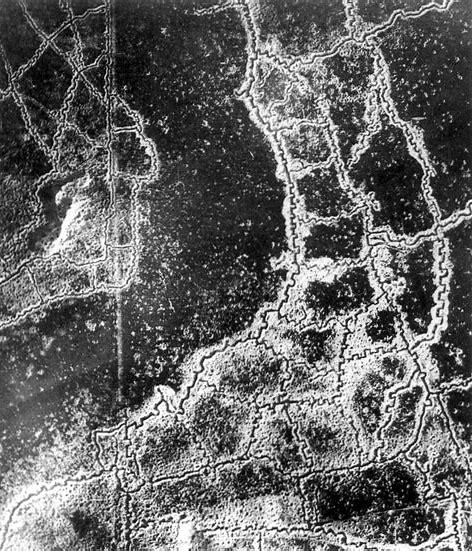
You can see the zig-zagging of the trenches, the three trench lines and communication and connection trenches on each side. Also you can make out a few forward posts, very short pieces of trench (like an appendix) into the direction of the enemy, very likely a post for enemy observation, aural and visual. The dark stuff in the middle is possibly no-mans land.
Another picture is one of Fort Vaux near Verdun, captured by the Germans in early June 1916 and retaken by the French later the same year.
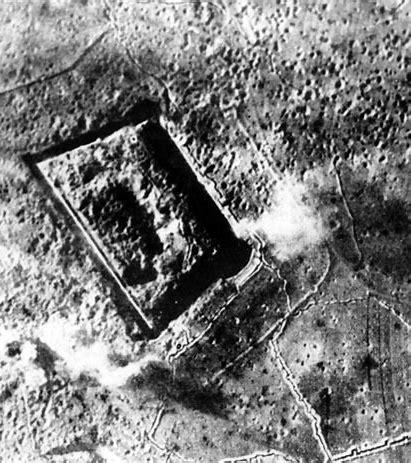
There are also trenches here, typically zig-zagged. Interesting to see the trenches included into the defence system of the fort. And also interesting to see how the trenches, once captured by the attackers could be used against the defenders .
The last one I have is one from my library. Weel-known writer H. G. Wells has not only put together masterpieces like “The Time Machine” and “War of the Worlds”. He was also a prolific writer of short stories and novellettes. I have a collection of those, and one of the pieces is called “The Land Ironclads”. In this story Wells predicted the developement of military technology into armoured vehicles with engines. He describes, even before WW I, how people i. e. soldiers felt when they first encounter those beasts. Very interesting and good to read, and a must for every Wells enthusiast.
May 31, 2018 at 6:17 pm #1195311I found this which is a hasty defence out side Gaza shows Lewis guns stokes mortars lanes of fire. Sorry it’s a bit fuzzy
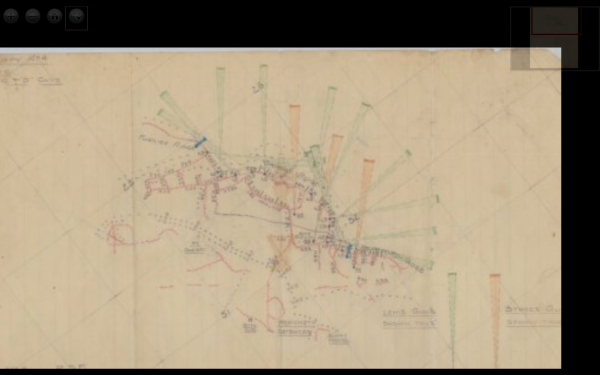 May 31, 2018 at 6:59 pm #1195371May 31, 2018 at 9:12 pm #1195429
May 31, 2018 at 6:59 pm #1195371May 31, 2018 at 9:12 pm #1195429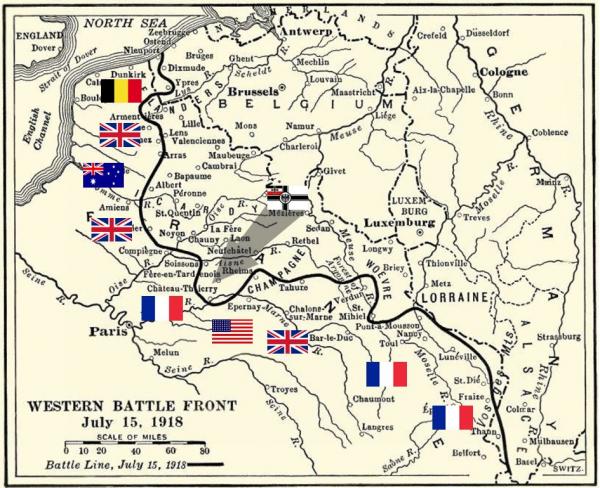 Thanks very much, @damon – this is actually a really great post because it hist something we weren’t able to include in the article series (one of the main purposes of these support threads) – specifically – Part 04.
Thanks very much, @damon – this is actually a really great post because it hist something we weren’t able to include in the article series (one of the main purposes of these support threads) – specifically – Part 04.This covered the Blücher-Yorck Offensive, which British historians I record as the Third battle of the Aisne. We focused on the virtual destruction and later recovery of the French 6th Army along the Chemin des Dames ridge, the breakthrough between Soissons and Reims (where these burial sites were rededicated), and the employment of US 2nd and 3rd Infantry Division, the 2nd Infantry containing the 4th Marine Brigade (5th and 6th Marine Regiments) at Belleau Wood.
So if this battle was fought by a French army with some smaller US reinforcements, where are these British majors coming from?
The defense of the Aisne area was in the hands of General Denis Auguste Duchêne, commander of the French Sixth Army. In addition, four divisions of the British IX Corps, led by Lieutenant-General Sir Alexander Hamilton-Gordon, held the Chemin des Dames Ridge; they had been posted there to rest and refit after surviving the “Michael” battle.
So we completely “missed” British participation in this battle, focused instead on their April-May 1918 fighting in Flanders, Amiens, Villers Bretonneux, and Ypres.
And of course, the fact that neither @neves1789 or I had that many British WW1 miniatures didn’t help. 🙂
May 31, 2018 at 10:56 pm #1195469Awesome aerial photos, @jemmy – yes that is exactly the kind of trench geometry and echeloned depth I was hoping to convey in the interview. Although in all honesty, the point was first and perhaps more ably made by @neves1789 in Part One of our series. 😀 So especially apparent in that top photo are the crenelated patterns to the trenches, the interconnected “maze” of multiple line trenches, typically …
- Observation Trench
- Forward Trench
- Secondary Trench
- Reserve Trench
- Artillery Trench
- Supply Trench
- with communication trenches running all over the place connecting these lines with each other and with other sectors of the front.
Build all that into your table (for one side only) and and designate that the attackers already have a platoon / company / battalion IN the trench, and are trying to expand, fortify, and hold their lodgment.
That was just one of the suggestions, anyway. 😀
June 1, 2018 at 4:27 am #1195586Great to see this back, those photos of the trench network really help drive home the point of their design. And how hard it would be to hit it all with a barage of artillery.
For those that have some time on their hand over the weekend, I can recommend
Even if it is set a little later in the year when the western allied nations are on the attack
June 1, 2018 at 11:30 am #1195742Here’s a quick pic of my French in a Trench. Germans arrive Monday so I’ll have a second force.
Very hard to find good quality, 20mm, late war Germans so I just picked up some Pegasus Blitzkrieg Germans, they should be fine. Plus bonus the French are also Pegasus
 June 1, 2018 at 11:49 am #1195776
June 1, 2018 at 11:49 am #1195776Have you tried Early War Miniatures?
June 1, 2018 at 3:38 pm #1196178Great maps, @torros – they are a little blurry but I think we can easily see where the methodical detail that goes into the planning of arcs of fire. This was a point I was trying to make in the interview, that a WW1 game (or really any game) should place the correct restrictions, constraints, and limitations on a weapons system. Machine guns are deadly enough in World War I without allowing them to shoot wherever the hell they want in a magical “death blossom” sphere in all directions. 😀
Yes, the 3″ Stokes mortar and the Lewis gun! We talked about them in the articles and in the Valor & Victory “1918 Edition” @aras and I had been chewing on (pictured below in British service, wargame counters to show them with American Army and USMC units).
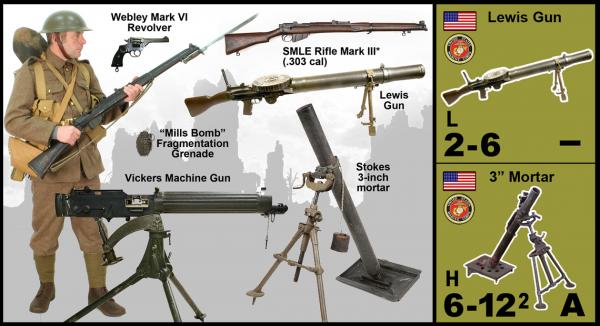
And kudos for the map from outside of Europe! 😀 You guys have been doing great at expanding the conversation outside of Passchendeale, Ypres, the Somme, and Chemin des Dames. They call it World War One for a reason! 😀
June 1, 2018 at 4:04 pm #1196228I do find the Middle East and Mesopotamian campaigns more interesting than the Western Front
I think yesterday was the anniversary of the Battle Jutland as well
June 1, 2018 at 5:55 pm #1196476Thanks @rasmus – and definitely a pretty solid movie, surprisingly so for a made for TV film (won an Emmy, though, as we report in Part 05 of our series). Yes, it takes place a little after the battles we specifically cover in the series, but definitely gives a “Belleau Wood” vibe, and catches that “semi-trenchless” WW1 dynamic we see in the closing months of the war.
Some plans have started tio fall though slightly for the weekend – no promises but I might be able to stage that Valor & Victory “1918 Edition” game after all, with US Army forces already in the trench system of a German line (as we roughly describe in the interview).
June 1, 2018 at 11:30 pm #1197146@oriskany hope to see the game here
A bit I came across at work
http://www.bbc.com/future/story/20180531-the-wwi-tank-that-helped-change-warfare-forever
How the world of armored warfare was turned up side down
June 2, 2018 at 4:02 am #1197374Those French look great, @elessar2590 – I love the old-school, long bayonets … and of course the blue hue to their uniforms. That’s just something you didn’t see much of in the 20th Century.
I noticed quite a few “evolutionary looks” for the Germans through WW1 when I was looking to make my Valor & Victory counters, I always knew there were some changes from the “All Quiet on the Western Front” uniforms you see to the full “Freikorps” steel helmet look at the end. But turns out there are quite a few more on top of that. I think if you can stick with an early WW2 look you should be fine for 20mm. Some small adjustments to the painting might conceal t he few differences. The helmets in 1918 were a little bigger, but in 20mm I doubt it will be an issue.
I have’t set up many WW1 tables, but the one or two times I had, I used my 1944 “late war” British infantry first as 1940 Seeloewe and Case Yellow-era infantry, and no one noticed. Then I thought, they worked for 1940, will they work in 1918? Again, no one noticed (just left out the PIAT teams, obviously). 😀 Also, this was in 15mm.
@rasmus – I’ll see what I can do re: that game. We were playing Darkstar this weekend –
– but haven’t heard from my group so I’ve cancelled, and also getting stuck into the next article series … so again, no promises. But given the renewed interest in this thread, I’m tempted to generate some new “content” for it.
And yes! The FT-17. SOME people call it the world’s first true tank, disqualifying others like the Mark IV, A7V, and St. Chaumond as what would today be called assault guns (i.e., no revolving turret). Definitely an extremely influential vehicle that stressed mobility and flexibility over weight and firepower. Some FT-17s even saw combat in WW2 in sideshow theaters like Syria, etc.
-
AuthorPosts
You must be logged in to reply to this topic.





























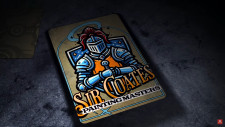

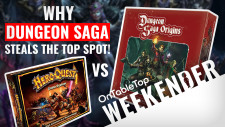
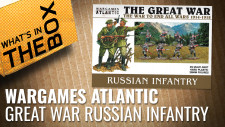
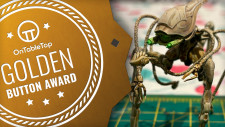

![TerrainFest 2024! Build Terrain With OnTableTop & Win A £300 Prize [Extended!]](https://images.beastsofwar.com/2024/10/TerrainFEST-2024-Social-Media-Post-Square-225-127.jpg)
